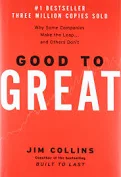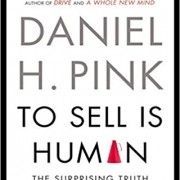How-I-Learned Blogging for Business
“All authors improve their writing skills the more they write,” Mark Shaw reassures book writers in the Author Learning Center, including learning how to connect with their audiences. Meanwhile, writer Madeline Sharples offers tips on how to choose a different perspective for your story. Terry Doerscher tells new writers to ask themselves “Why am I writing this book?” to gain clarity on length and writing style. Meanwhile, in Writer’s Digest, journalist Alison Hill shares “10 Dos and don’ts of Writing a Piece of Journalism”., including some fundamental rules such as: Be truthful. Be objective. Use multiple sources. Human interest stories, Hill explains, emphasize entertaining, educating, and engaging the audience. “After being an independent poet touring the world the better part of a decade, I’ve decided it’s time to give back to this magical art form and the broader community that has carried me so far. It’s my turn to provide some of the life-changing opportunities that spoken word has gifted to me,” Sierra DeMulder writes at the Jason Taylor Foundation.
These quotes are all examples of How-I-Learned sharing of information and tips freely offered by “pros” for the benefit of “newbies”. In blogging for business, sharing your experience is a great way to build an audience, the wordpress.com team explains. “If you’re an expert on a subject or know something that others might find useful, you can attract a sizable following.” At Say It For You, we’ve learned, addressing real-world challenges that readers face is a path to success in blog marketing.
One point I’ve consistently stressed in these blog content writing tutorials is how important it is to provide valuable information to readers, while avoiding any hint of “hard sell”. It’s helpful to collate helpful hints from a variety of experts, offering those as a “gift” from the business owner to blog visitors. Even more impactful, though, is sharing valuable lessons learned by the professional practitioner or business owners based on their own hard-won experience and expertise. In fact, in business blogs, it’s a good idea to actually write about past mistakes and struggles, blogger Beccy Freebody posits, because it’s much easier to connect to someone who has been where you are.
How-I-learned content can be how-you-connect blogging!





Follow us online!